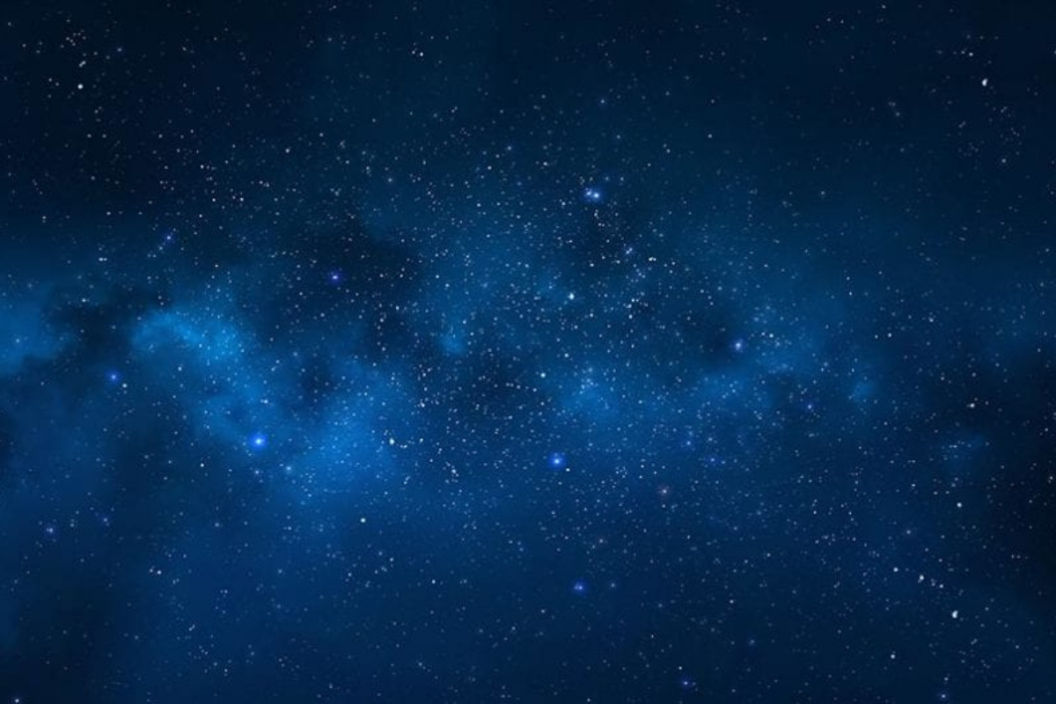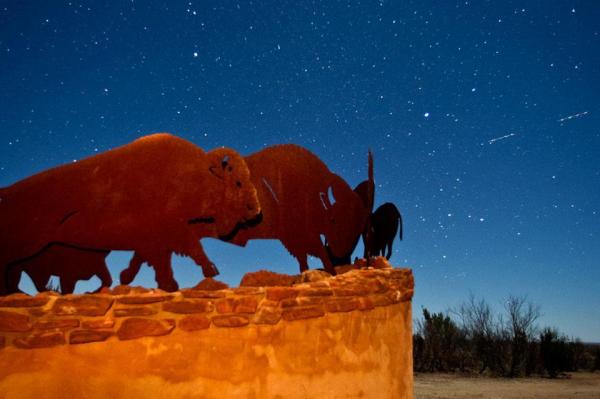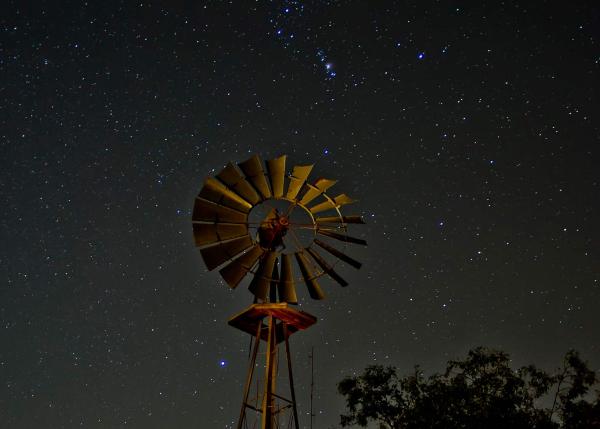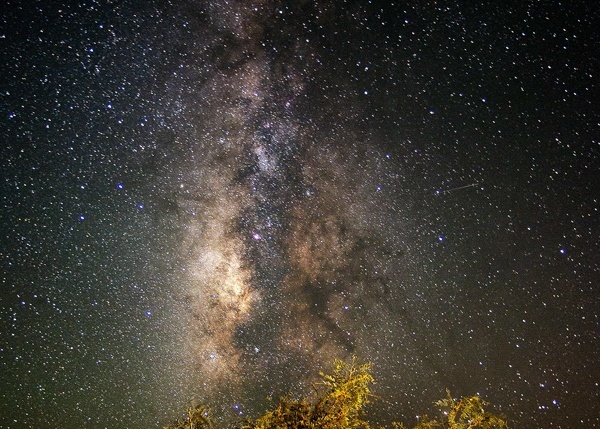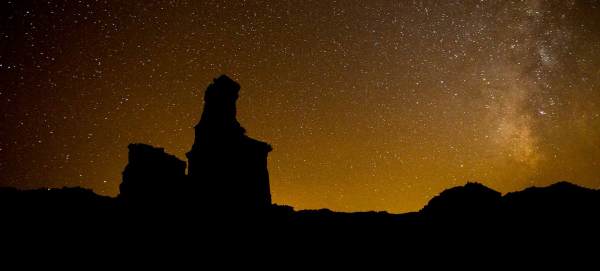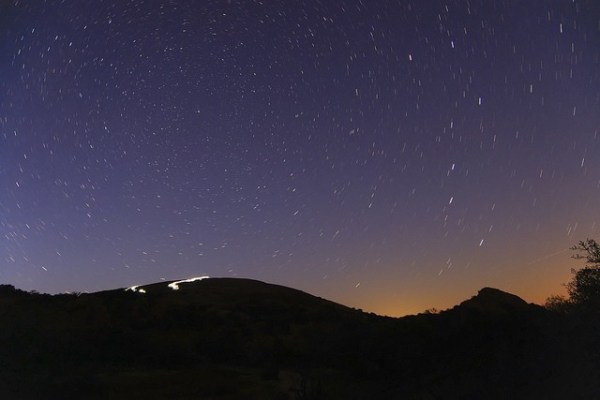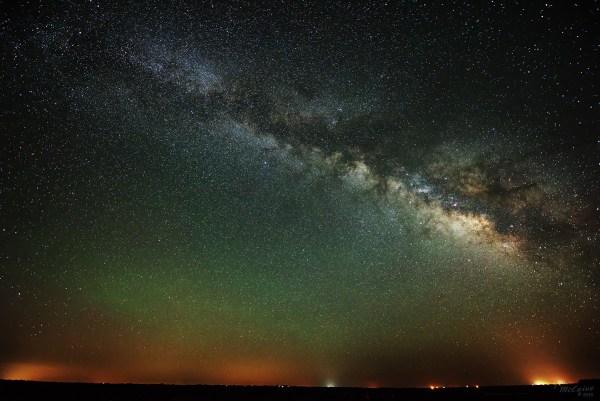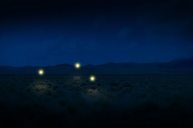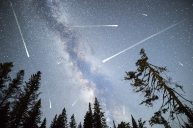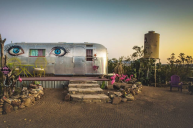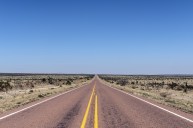[dropcap]Y[/dropcap]ou may have heard that the stars at night are big and bright in Texas. The best places in the Lone Star State to stargaze are relatively far removed from the bright city lights where there is light pollution. Whether you're gearing up for this month's Perseids meteor shower or just want to gaze at the Milky Way or see a shooting star, there's a few places that are perfect for soaking up the night sky. Rather than drive aimlessly down some back road, or risk trespassing on private land, stargazers can visit these 10 places that are perfect for stargazing in Texas. Also, be sure to check Texas Parks and Wildlife to see when celestial events are forecasted.
10. Resaca de la Palma State Park
Located down south near Brownsville, Resaca de la Palma State Park is an ideal place for stargazing. The nearby Nompuewenu Observatory hosts occasional "Astronomy in the Park" events that are educational and fun for the whole family. This south Texas state park is also an incredible place to go bird watching, due to the many species of birds that reside in the park.
9. Caprock Canyon State Park
Home to the only wild bison herd in the state of Texas, Caprock Canyon State park in the Texas panhandle has stunning views of constellations.
8. Brazos Bend State Park
Located an hour outside of Houston, Brazos Bend State Park is a great place for any astronomical enthusiast. Not only is it far removed from the light pollution of the Lone Star State's biggest city, it's home to the George Observatory, where visitors can view planetary objects up close and personal.
7. Big Bend National Park
Big Bend National Park is not only Texas's most famous park. But it's also one of the best places to go stargazing in the United States.
6. Dripping Springs
Just west of Austin, surrounded by verdant Hill Country pastures, peach orchards and rolling hills, Dripping Springs is a little slice of Hill Country heaven. The word is out on the small town, though. Its growing population brings with it new property developments and dreaded light pollution.
However, Dripping Springs resident Cindy Cassidy is leading an effort to combat this using "smart lighting" techniques that aim exterior business lighting at exactly what needs to be lit, and only that. Cassidy's efforts have earned Dripping Springs an International Dark Sky Community, even with its proximity to Austin. In fact, Dripping Springs is so into fighting light pollution that they are hosting a Texas Night Sky festival on March 5 next year.
5. Palo Duro Canyon
Located outside Amarillo in the panhandle of Texas, Palo Duro Canyon is a beautiful and remote place to see a meteor shower. Or take a telescope and check out some constellations.
Read More: The 6 Essential Tools for Stargazing
4. Enchanted Rock
Not far outside of Austin, the Enchanted Rock State Park was recently named an International Dark Sky Park in recognition of its stunning stargazing quality. The Texas Parks and Wildlife maintains a website where you can check on celestial events and the park's darkness level on any given night.
3. Copper Breaks State Park
In 2014, Copper Breaks State Park was designated an International Dark Sky Park. Located in the Texas Panhandle, Copper Breaks State Park is known for its absolutely stunning nighttime views.
2. Davis Mountains State Park
Settled high in the mountains of West Texas, the Davis Mountains State Park is home to the McDonald Observatory, which houses the largest telescope in Texas and hosts regular star parties. Fear not, though, you don't need a telescope to see the stars in the Davis Mountains; the state park is plenty dark enough for you to see them with the naked eye.
1. Big Bend Ranch State Park
The darkest skies in Texas have to be those over Big Bend Ranch State Park. The West Texas park sits adjacent to Big Bend National Park, and far removed from the lights of any big city. Big Bend Ranch State Park rates a class one on the Bortle scale, which ranks sky darkness with one being the darkest and nine being the most light-polluted.
This post was originally published on August 6, 2019.
